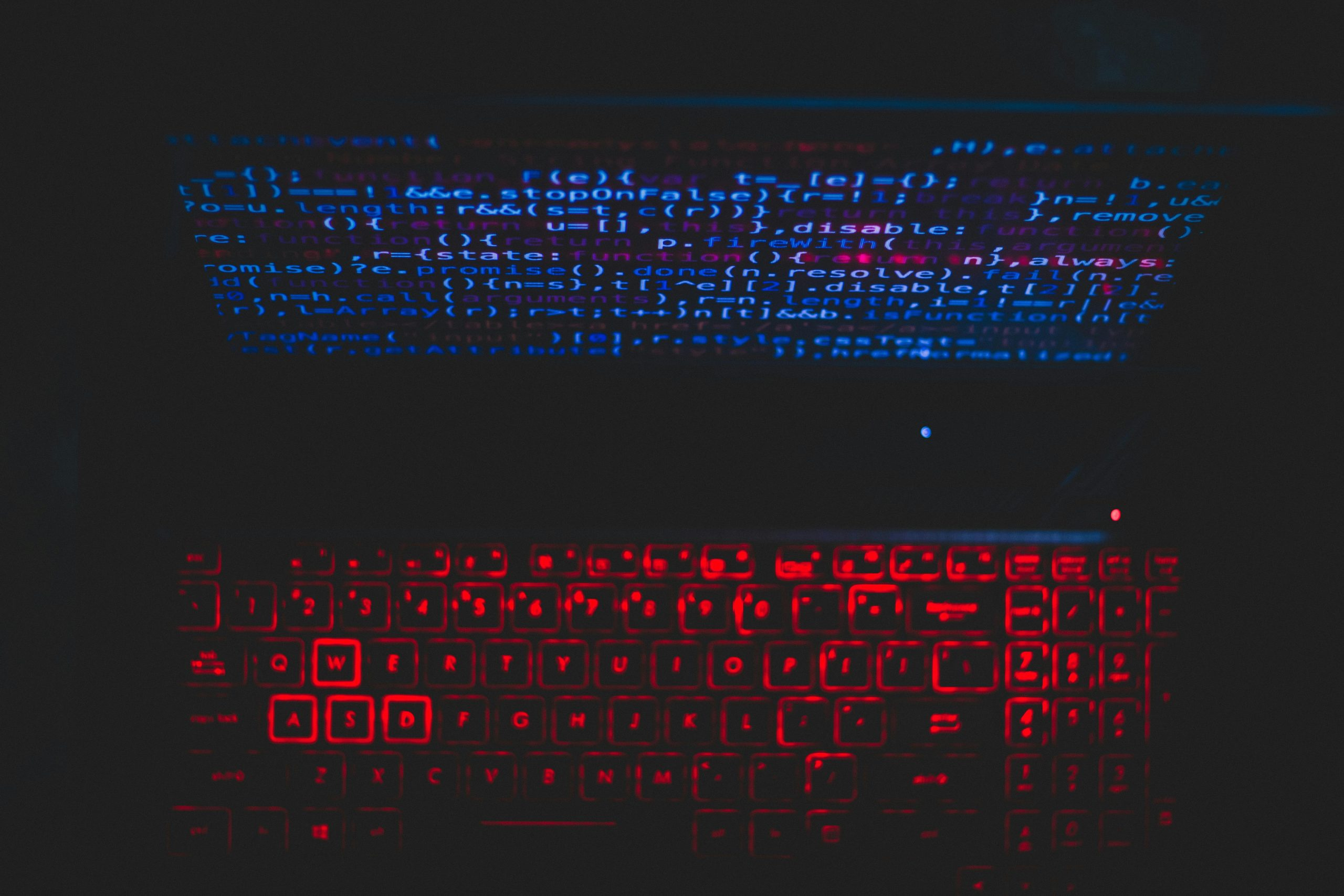The essential guide to understanding different dress codes
Do you ever find yourself confused about what to wear for a certain occasion? With dress codes becoming increasingly common in various settings, it can be overwhelming trying to keep track of them all. From business formal to smart casual, each dress code has its own requirements and nuances that can be tricky to navigate. However, with this essential guide to understanding different dress codes, you’ll never have to worry about being under or overdressed again.
The Importance of Dress Codes
Dress codes serve as a set of guidelines for dressing appropriately for different events and occasions. They are not meant to restrict one’s personal style, but rather to ensure that the attire is fitting for the occasion. Dress codes also help create a cohesive and professional atmosphere, especially in formal settings such as the workplace.
When deciphering a dress code, it’s important to consider the context and the level of formality of the event. Is it a business meeting or a casual dinner with friends? The purpose of the event can also give insight into the dress code. Is it a formal event or a more relaxed gathering? Keeping these points in mind will help you determine the appropriate dress code and avoid any potential faux pas.
The Different Types of Dress Codes
1. Business Formal
Business formal is the most formal of all dress codes and is typically reserved for special occasions or high-level business events. A business formal dress code is often required for events such as black tie affairs, formal dinners, and galas.
Men should opt for a dark-colored suit with a white dress shirt and a conservative tie. A black tuxedo is also acceptable for black tie events. For women, a floor-length evening gown or a dressy cocktail dress is appropriate. Avoid bright colors and flashy accessories.
2. Business Casual
Business casual is a step down from business formal and is commonly seen in professional environments such as offices and conferences. It allows for individual expression while still maintaining a polished and put-together look.
For men, business casual attire often includes khakis or chinos, a collared shirt, and dress shoes. A blazer can also be added for a more formal touch. Women can opt for a blouse paired with slacks or a skirt, or a dress with a modest hemline. Closed-toe shoes are recommended for both genders.
3. Smart Casual
Smart casual is a dress code that falls in between business casual and casual. It is typically seen at social events such as weddings and parties. This dress code allows for more creativity and personal style while still maintaining a level of sophistication.
Men can opt for a dress shirt paired with dress pants, a blazer, and dress shoes. Women have more flexibility with their attire, with options such as dresses, skirts, or tailored pants paired with a blouse or dressy top. Avoid wearing jeans or sneakers as they are considered too casual for this dress code.
4. Casual
Casual is the most relaxed of all dress codes and is often seen at informal events such as brunches and outdoor gatherings. However, keep in mind that casual does not mean sloppy or unkempt. It still requires a level of thought and effort in selecting an appropriate outfit.
For men, a polo shirt paired with chinos or khakis is a safe choice for a casual event. Women can opt for a sundress, a skirt or jeans paired with a blouse, or even a casual dressy top with shorts. Avoid anything too revealing or ripped.
Additional Tips for Choosing the Right Outfit
Now that you have a better understanding of the different dress codes, here are some additional tips to keep in mind:
1. Dress for Your Body Type
When deciding on an outfit, consider your body type and choose an outfit that flatters your figure. This will boost your confidence and ensure you look your best, regardless of the dress code.
2. Pay Attention to Detail
Small details such as appropriate footwear, accessories, and appropriate undergarments can make or break an outfit. Make sure to pay attention to these details to ensure a polished and put-together look.
3. Don’t Be Afraid to Ask
If you’re unsure about the dress code for a specific event, don’t be afraid to ask the host or organizer for clarification. It’s better to be safe than sorry and avoid any potential dress code mishaps.
Understanding different dress codes can be overwhelming, but with the right knowledge and guidelines, it can be a breeze. Remember to consider the context and level of formality, and always dress to impress. By following this essential guide, you’ll be sure to make a good impression and feel confident in any setting.










